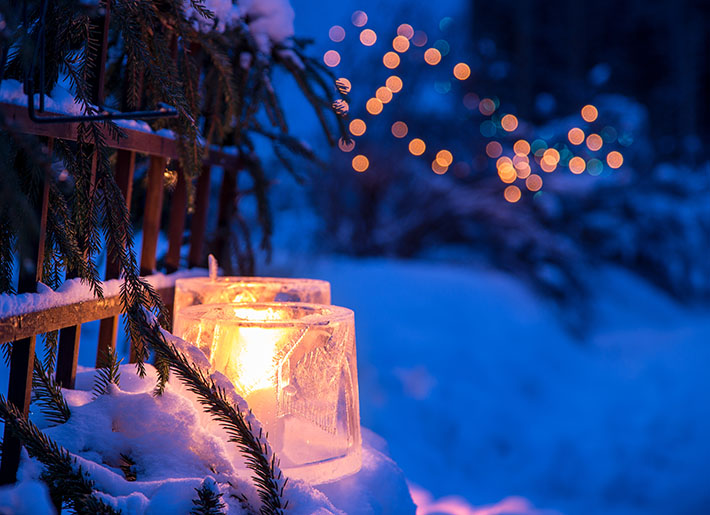
Light a Candle for Safety
The 1990s were not a good decade for candle safety.
Coffee shop culture was in style thanks to popular TV shows like “Friends,” and scented candles became a staple in dorm rooms and apartments around the world. According to the National Candle Association, the 1990s saw candlemakers introduce new types of candle waxes to the market for the first time in a century, and sales of Yankee Candles boomed, surpassing the $100 million mark for the first time.
However, this surge in popularity had a darker side. After declining steadily in the 1980s, candle fires increased in the 1990s, peaking at 18,900 fires in the United States in 2002. 250 people died from these fires, according to the National Fire Protection Association (NFPA). Candle fires only accounted for 1% of home fires in the early 1980s, but by the end of the 1990s, that figure jumped to 5%, with many of these fires occurring in the winter months during the holiday season.
The good news is that this trend has since reversed, with candle fires dropping more than 50% from their peak down to 7,500 in 2018. Candles still account for 2% of home fires, but candle-related incidents are now at their lowest level since the early 1990s and continue to fall.
Standards for the industry played a big role in this reduction. A dedication to safety on the part of the candle industry, combined with the work of ASTM International’s subcommittee on candle products (F15.45), part of the consumer products committee (F15), has been key. The subcommittee was formed in the late 1990s as a joint effort with the National Candle Association and the U.S. Consumer Products Safety Commission (CPSC). Today, the subcommittee oversees six standards related to candle safety and manufacturing.
“Across the industry there has always been a very positive focus on making candles better and finding ways to make candles a safer product for the consumer,” says Robert Nelson, the F15.45 subcommittee chair. He spent more than 30 years with Yankee Candle. “We’ve had fantastic participation really from the very beginning. All of the major candle companies are involved in our process and are always interested in serving in our groups and chairing committees. We’re very committed to candle safety,” he says.
According to Nelson, some of the most important candle safety standards are:
1) Specification for fire safety for candles (F2417)
Covering everything to do with the candle itself, this specification establishes agreed upon minimum safety requirements for all candles to allow for a reasonable level of safety during normal use.
2) Specification for fire safety for candle accessories (F2601)
Building on the safety criteria established in F2417, this specification covers anything that a candle might be burning in, whether it’s a glass jar, candlestick, or other type of stand.
3) Specification for candle fire safety labeling (F2058)
Originally adopted in 2007, this standard outlines the safety labeling that should be applied to all candles and is one of three standards that F15.45 has revised in recent years (the other two being F2417 and F2601).
“I’m absolutely positive that the standards we’ve developed and the industry’s adherence to those standards has had an impact on candle safety,” Nelson says. “I’m confident in that. Whenever I see candles inside a store, I always flip them over and see if they are using the ASTM labeling and if the company is aware of the standards and they’re labeling properly. The adherence to that standard is very high, and it shows that there is an awareness out there that the standards exist and are worth following.”
Holiday Season Candle Safety Tips
- Never leave a burning candle unattended.
- Never burn a candle on or near anything that might catch fire.
- Keep candles out of the reach of children and pets.
A U.S. Consumer Product Safety Commission study suggests that 85% of candle fires could be avoided by following these rules. ■
Tim Sprinkle is a freelance writer based in Colorado Springs, Colorado. He has written for Yahoo, The Street, and other websites.
 SN Home
SN Home Archive
Archive Advertisers
Advertisers Masthead
Masthead RateCard
RateCard Subscribe
Subscribe Email Editor
Email Editor